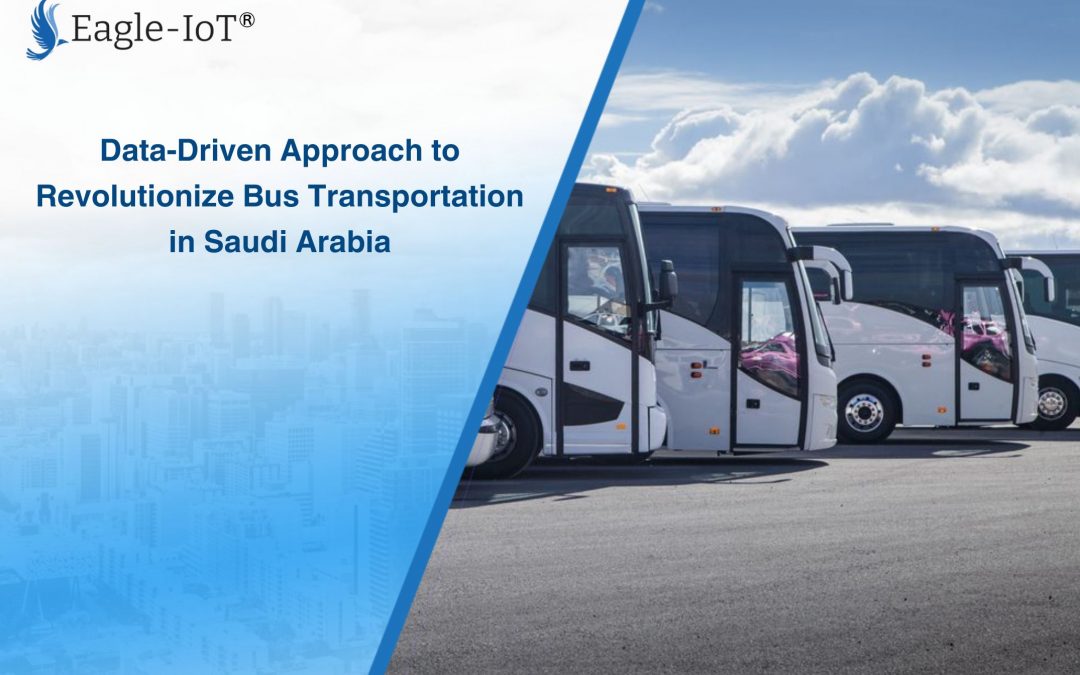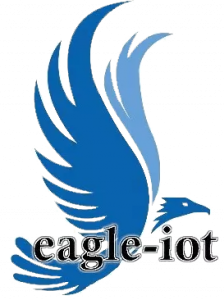Data-Driven Approach to Revolutionize Bus Transportation in Saudi Arabia
Buses play a crucial role in transporting millions of passengers across Saudi Arabia. However, ensuring their comfort and health during commutes extends beyond basic safety considerations. Environmental factors within the bus can significantly impact passenger well-being and learning outcomes.
Addressing Environmental Challenges
Temperature fluctuations pose a particular challenge. Buses parked in direct sunlight can become excessively hot, while malfunctioning heating systems can lead to cold interiors. These extremes can contribute to passenger discomfort, dehydration, and potentially even heatstroke or hypothermia in severe cases. Additionally, humidity levels within the bus also require attention. High humidity can create a stuffy environment, while low humidity can exacerbate dry skin and respiratory issues. Maintaining an optimal balance is essential for passenger comfort.
The Role of Bus Monitoring Systems
Emerging monitoring solutions like the Eagle-IoT Bus monitoring solution offers a proactive approach to addressing these concerns. This comprehensive suite of monitoring features goes beyond basic observation, providing real-time data on critical environmental factors.


Eagle-IoT: Prioritizing Passenger Well-being
The Eagle-IoT system prioritizes passenger well-being with advanced temperature and humidity monitoring. This not only ensures a comfortable ride but also creates an environment conducive to learning and minimizes health risks. The system continuously tracks onboard temperature, allowing management to proactively maintain a comfortable range. Alerts and notifications are triggered if temperatures deviate from pre-set ideal levels, enabling timely adjustments to the HVAC system or other interventions. Additionally, strategically placed sensors throughout the bus capture accurate readings, ensuring no passenger experiences extreme hot or cold spots.
Humidity Control for Improved Health
Eagle-IoT also monitors humidity levels to prevent both excessively high and low conditions. By controlling humidity, the system helps to minimize the risk of respiratory problems, allergies, and dry skin often exacerbated by improper humidity levels. Optimal humidity contributes to a fresher and more comfortable environment for passengers, potentially reducing headaches and fatigue, ultimately fostering a more positive learning experience.

While environmental factors are a primary concern, the Eagle-IoT system offers additional features that enhance passenger safety and security.
Enhanced Security with Door Monitoring: Tracks passenger entry and exit, helping to identify potential overcrowding situations or unauthorized access.
Passenger Counting: Provides real-time data on the number of passengers on board. This valuable information assists with route planning and resource allocation, but more importantly, helps to ensure that no child is ever left behind on the school bus.
By addressing both environmental concerns and passenger safety needs, the Eagle-IoT system offers a comprehensive solution for optimizing bus transportation in Saudi Arabia.
Choosing the right sensors and strategically placing them throughout the bus is crucial for accurate data collection. The Eagle-IoT system offers a variety of sensors pre-selected for optimal performance, but some considerations remain:
- Sensor Specifications: Ensure the chosen sensors have appropriate measurement ranges for the expected temperature, humidity levels on the bus.
- Power Consumption: Wireless sensors rely on batteries. The Eagle-IoT system likely offers sensors with low power consumption for extended battery life. However, a plan for monitoring and replacing batteries as needed is essential.
- Sensor Placement: For accurate data collection, temperature and humidity sensors should be placed away from direct sunlight, drafts, and heat sources like the engine. Door monitoring sensor and passenger counters should be installed on all passenger doors.
Eagle-IoT offers a robust system for efficiently storing, managing, and analyzing the environmental data collected by the Eagle-IoT system. This data serves as a foundation for informed decision-making and ensures the well-being of passengers
Secure Data Storage: The system prioritize data security by offering secure storage options. This includes cloud-based storage adhering to stringent data privacy regulations to safeguard sensitive information.
User-Friendly Interface: Eagle-IoT offers a user-friendly interface to maximize the value of the collected data. This interface allows staff to visualize and analyze data in real-time and over extended periods. By facilitating easy trend identification and potential issue recognition, the interface empowers staff to take proactive measures.
Customizable Alerting System: To ensure prompt intervention when necessary, the Eagle-IoT system incorporates a customizable alerting system. This system allows the creation of alerts based on pre-defined thresholds for various factors, including temperature, humidity and door sensor activity.
The upfront cost of implementing an environmental monitoring system should be weighed against the long-term benefits it offers.
- Improved Passenger Well-being: A comfortable and healthy bus environment directly impacts passenger health and learning outcomes. By mitigating temperature extremes and humidity issues, Eagle-IoT can contribute to a reduction in passenger discomfort, dehydration, and potential respiratory problems.
- Reduced Maintenance Costs: Proactive monitoring allows for early detection of potential issues within the bus’s HVAC system. Addressing these issues promptly can prevent costly repairs and breakdowns down the line.
- Fuel Savings Through Optimization: The data collected by Eagle-IoT can be used to identify inefficiencies in bus routes. By optimizing routes based on real-world data, transporters can potentially achieve fuel savings, leading to long-term cost reductions.
A successful implementation goes beyond simply installing the Eagle-IoT system. Careful planning is crucial to ensure its seamless integration into existing bus operations.
- Staff Training: Providing comprehensive training to staff on using the system and effectively interpreting the data is essential. This empowers staff to take full advantage of the system’s capabilities.
- Alert Response Protocols: Establishing clear protocols for responding to alerts generated by the system ensures prompt and appropriate action when necessary.
- Data Integration: Integrating the data collected by Eagle-IoT with existing bus management systems can streamline operations and provide a more holistic view of passenger transportation.



